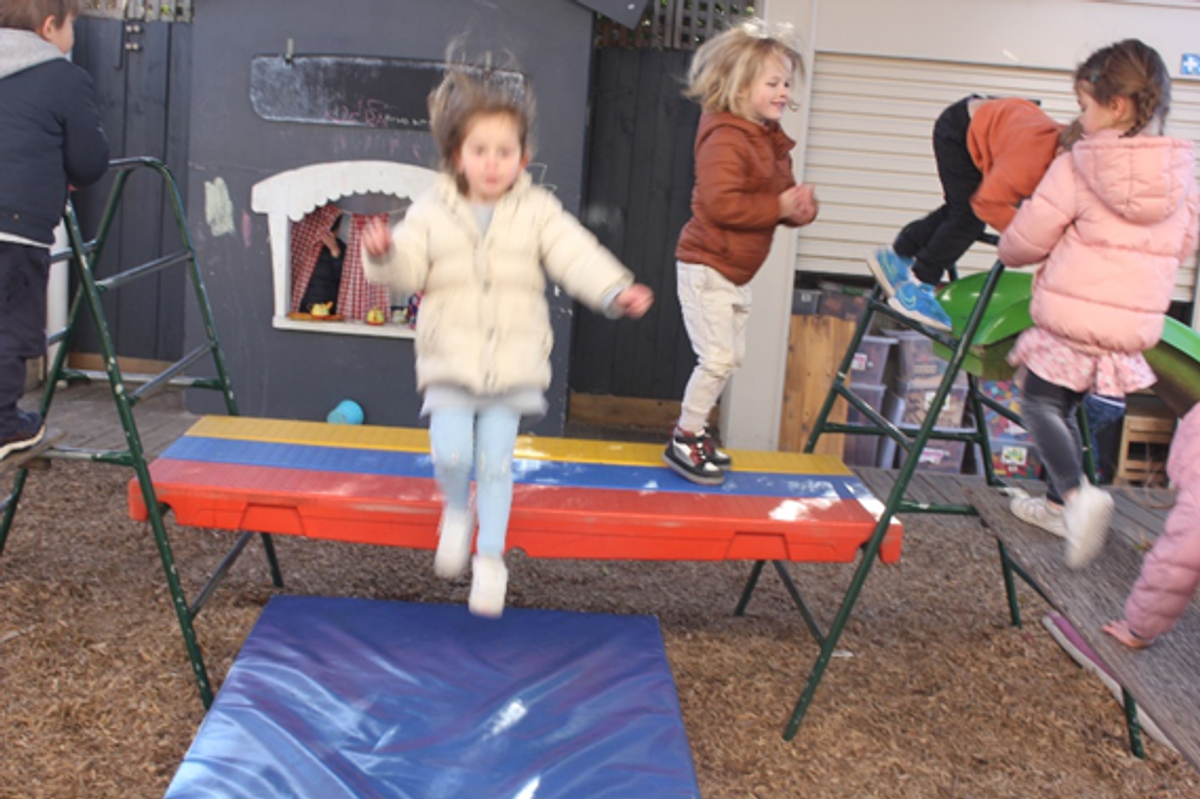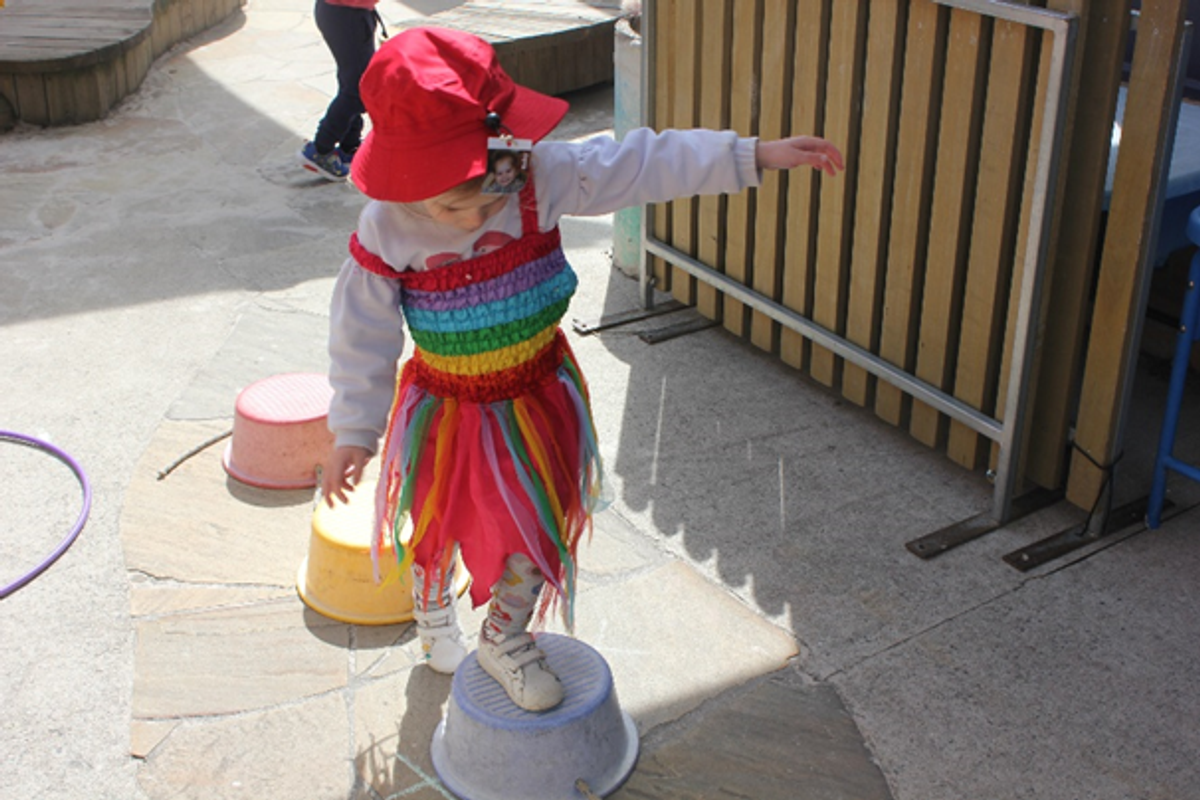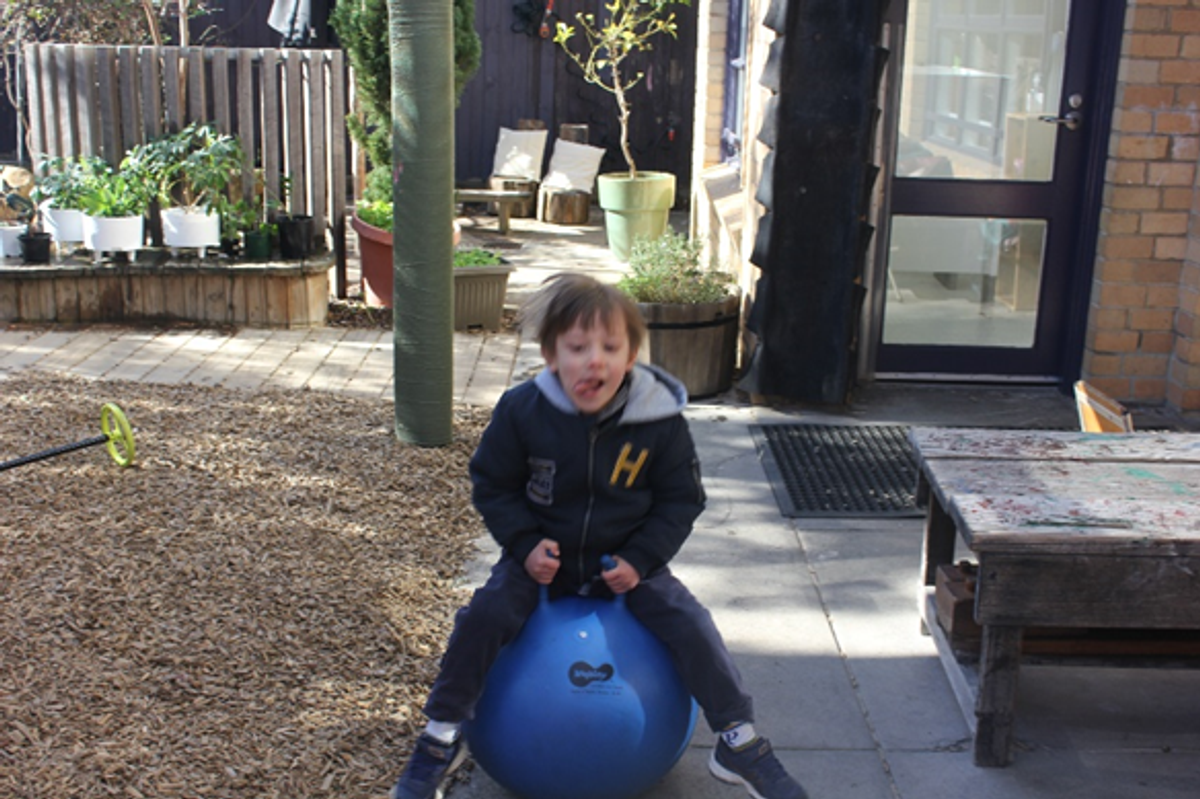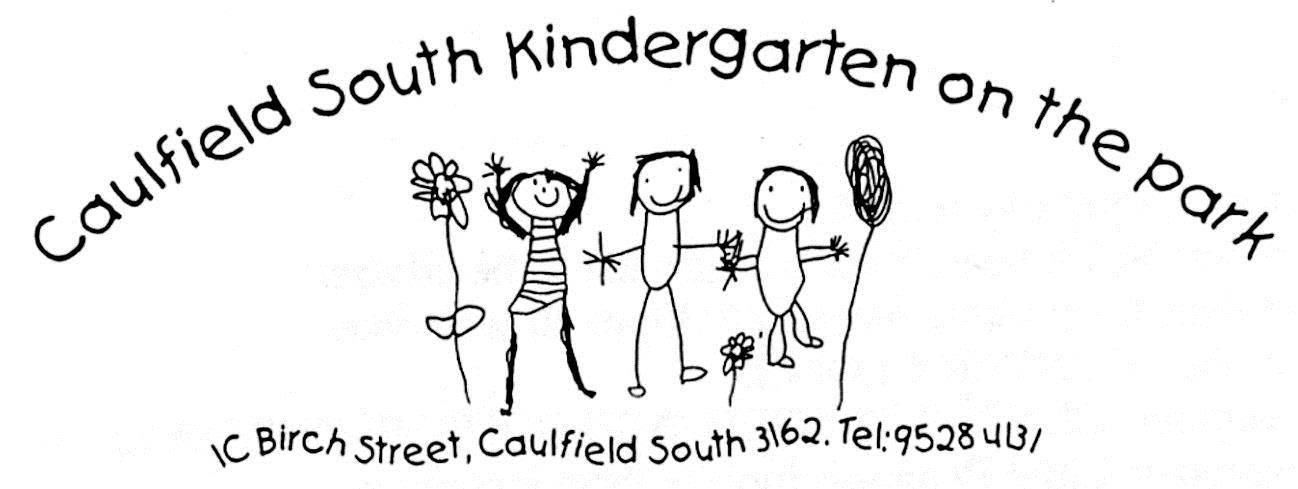GEKA Caulfield South

Benefits of building risk taking into play
Vibha Jain
“'Risky play' can be described as a form of play that involves physically challenging activities where there is potential for injury. These activities also provide a sense of fun, enjoyment, and exhilaration" (Stephenson, 1998).
In our daily lives, there is an element of risk, and every day we make decisions with uncertain outcomes. Children need opportunities to develop the skills of risk-taking from an early age. The outdoor play provides rich opportunities for children to try new activities and to judge risks for themselves in the supported environment.
Belonging, Being, and Becoming: The EYLF (DEEWR, 2009) describes outdoor learning environments as spaces that invite risk-taking. It acknowledges that taking calculated risks and dealing with uncertainty is one way by which children become confident, resilient, and involved learners. This type of play contributes to their emerging autonomy, interdependence, sense of agency, and social and emotional wellbeing, as they deal with change and cope with failure and unexpected.
At GEKA Caulfield South Kindergarten we foster risky play for children; we allow climbing frames, balancing on big rocks, riding bikes, jumping on the big mat, and running across the obstacle course. It provides an environment that not only challenges children but allows them to encounter, manage and master their own risks.
We also know that our children are confident, capable, and willing to push their boundaries to engage in some risky activities which will provide opportunities for them to learn new skills, try new behaviours, and reach their fullest potential.
Risky play is important because:
- It teaches children how to assess risk and manage situations.
- Children experience a sense of accomplishment and fun by overcoming fear and accomplishing a tricky task.
- Jumping, climbing, rolling, balancing, and sliding are essential for developing their motor skills, balance, coordination, and body awareness.
- Encouragement to take risks in a supportive and safe environment can help children overcome anxieties, develop less fear and have new experiences.
Group play with an element of risk aids children in developing social skills, care, and empathy. Children learn to encourage each other, but also how to support and care for those who may not be ready to take the risk.
It also helps them to acquire problem-solving skills, coping strategies, and resilience to face the challenges and uncertainties that they will encounter throughout life.
As children grow and develop, they will have to make choices about what is safe to attempt and what is not and it is important that children develop these skills early in life.
"Children are designed by nature to teach themselves emotional resilience by playing in risky, emotion-inducing ways. In the long run, we endanger them far more by preventing such play than by allowing it. And, we deprive them of fun" (Peter Gray, 2014).
The policy framework gives us the guidelines and reflects the need to take a balanced approach to respond to children’s risk-taking behaviour and risks within the environment.
By keeping in mind the children’s safety and risk management strategies we provide the best possible play opportunities and create play spaces to let children imagine, explore and play in a more creative way by taking the appropriate amount of risk. I feel that risky play is something that children need and ultimately have a right to experience.






